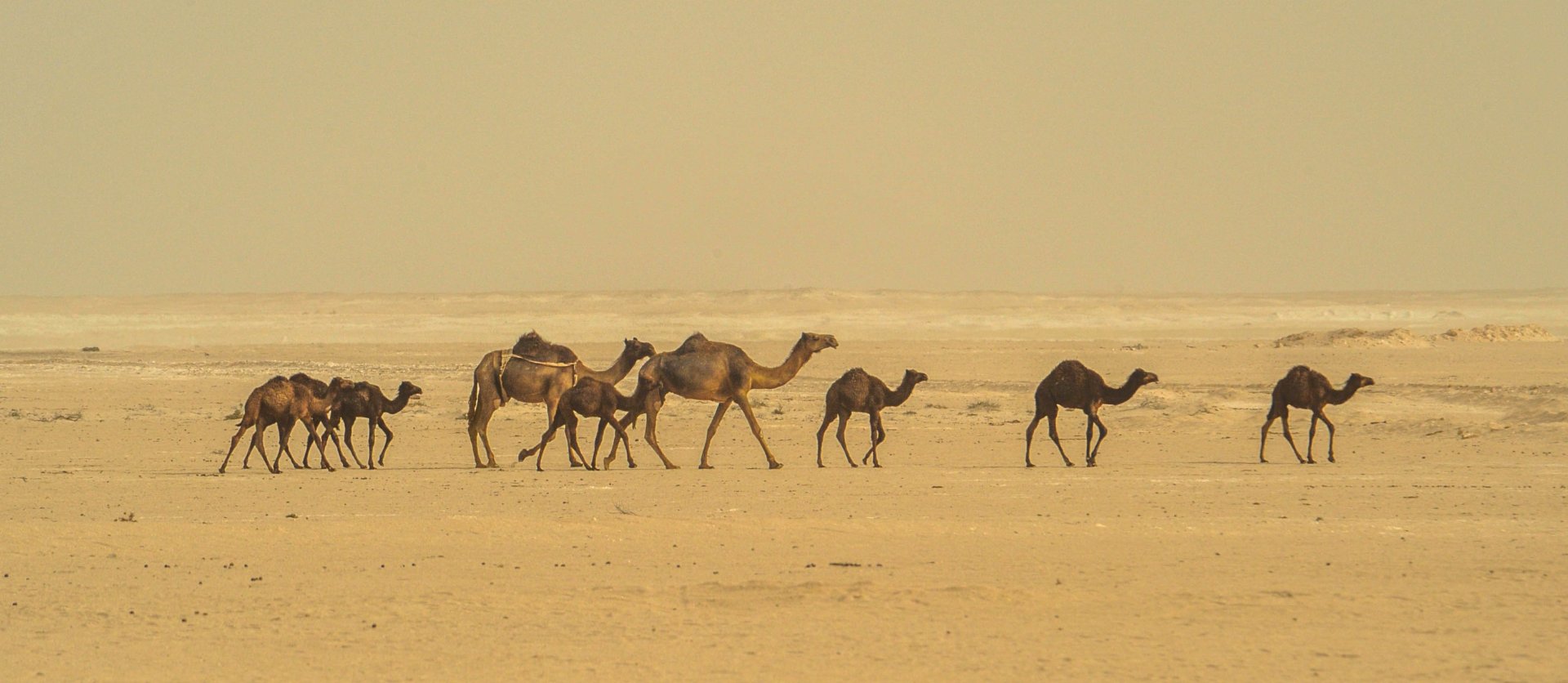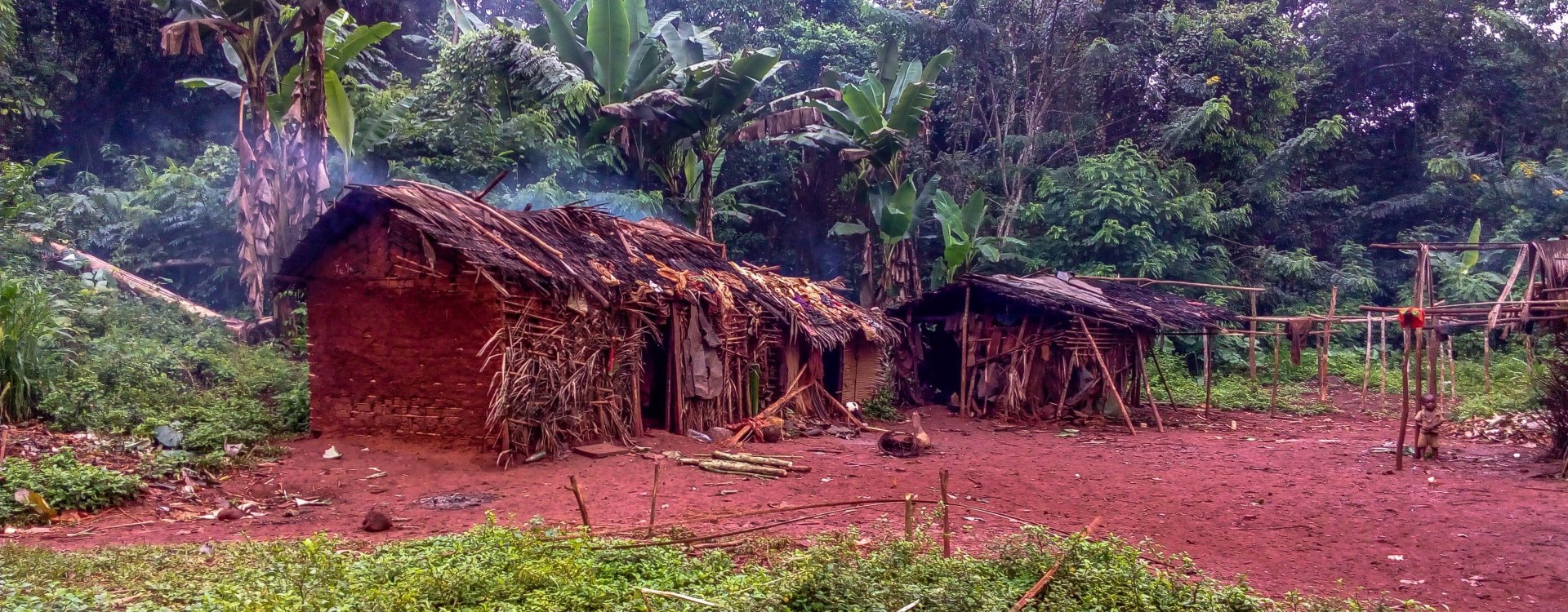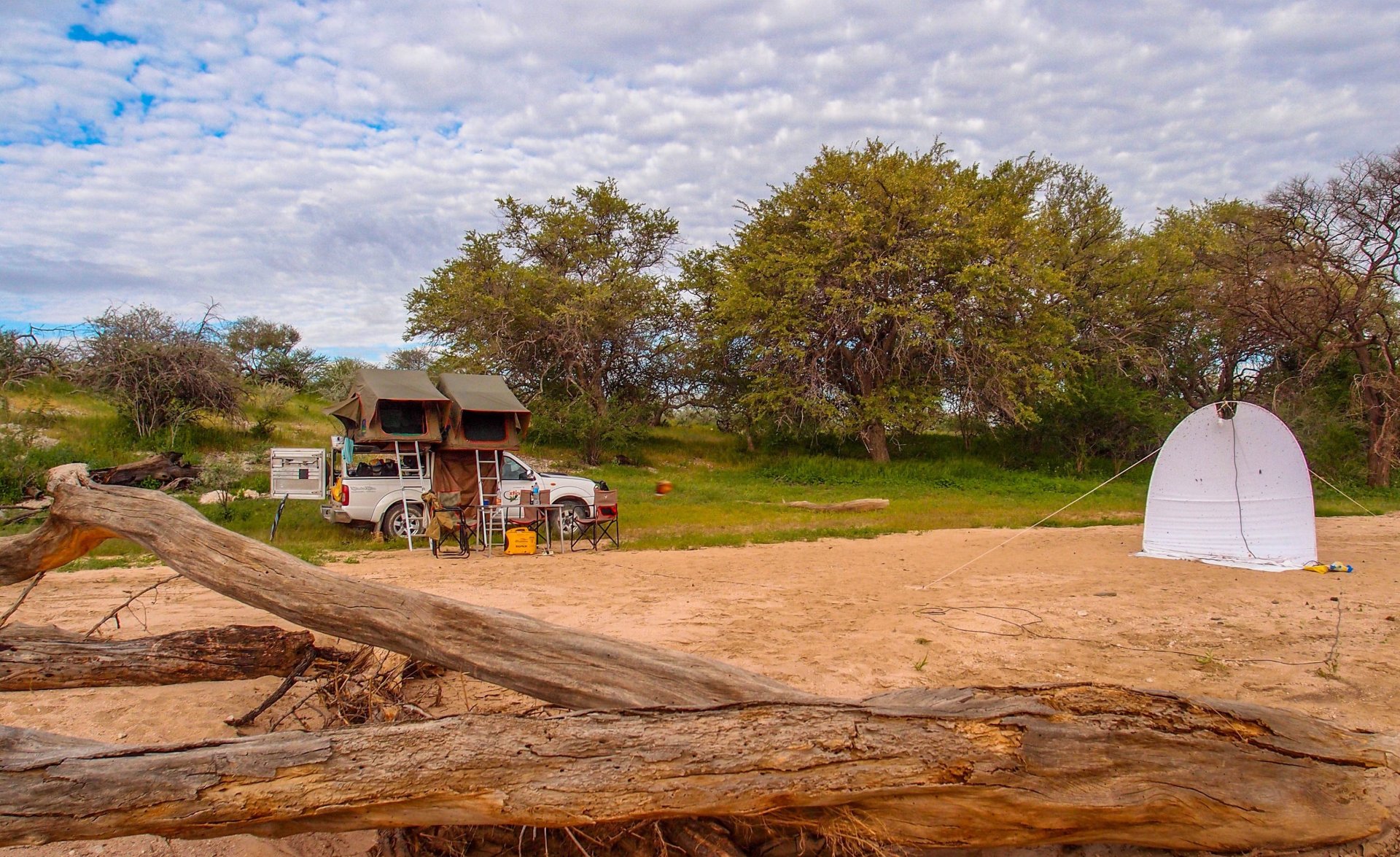The Usambara Mountains are a stunning mountain range located in northeastern Tanzania, part of the Eastern Arc Mountains. Known for their incredible biodiversity, lush tropical forests, and scenic landscapes, the Usambara Mountains are often called the "Galápagos of Africa" due to the high level of endemism found in both plant and animal species. Here’s a detailed look at the Usambara Mountains:
Geography and Location
- The Usambara Mountains are split into two distinct subranges: the West Usambara and East Usambara. Both are separated by the Lwengera Valley.
- The mountains are located near the city of Tanga and are approximately 70 to 90 kilometers inland from the Indian Ocean.
- The highest peak in the range is Sakata Peak, which rises to about 2,440 meters above sea level.
Biodiversity
The Usambara Mountains are part of the globally important Eastern Arc Mountains and are recognized for their exceptional biodiversity and high number of endemic species.
- Flora: The forests of the Usambara Mountains are home to numerous plant species, many of which are found nowhere else. This includes a variety of tropical plants, wild orchids, and ancient tree species. The mountains also host medicinal plants used by local communities.
- Fauna: The mountains are rich in wildlife, particularly birds, reptiles, amphibians, and insects. Some notable species include:
- Usambara Eagle-Owl: A rare bird species found only in the Eastern Arc Mountains.
- Usambara Three-Horned Chameleon: One of the unique reptiles endemic to this region.
- Endemic Frogs and Butterflies: Several species of frogs and butterflies are unique to these mountains, making the area a hotspot for biodiversity.
Climate
- The Usambara Mountains enjoy a cool, temperate climate due to their altitude, which contrasts with the hot and humid lowlands of Tanzania.
- Rainfall is common, especially on the eastern slopes, which receive moisture from the Indian Ocean, leading to the presence of dense, mist-covered forests. The West Usambara region tends to be drier compared to the east.
- The rainy seasons occur from March to May and again from November to December.
Beetles







